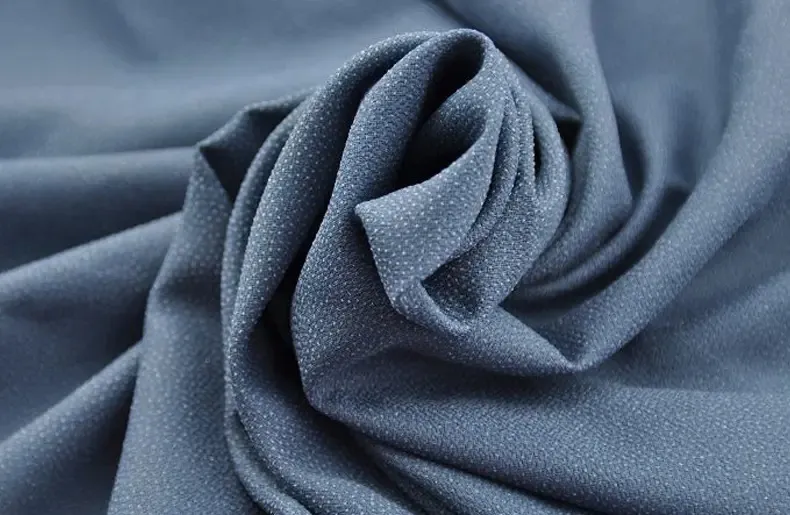Enhancing Every Garment
Among all the problems encountered Fusible Lining in the field of thermally viscous interlinings, one of the most difficult problems to be solved is the risk that the thermally viscous interlinings pass through the interlining carrier when they are bonded to the garment part to be reinforced by hot compression. In fact, the temperature selected for this thermal bonding should be able to melt the thermally adhesive polymer so that the polymer so melted can be distributed and bonded to the fibers or filaments on the surface of the garment part. However, it sometimes happens that this polymer flows through the fibers or filaments and appears on the reverse side of the interlining carrier. If this interlining is used in obvious places and forms the back of the garment, this has an aesthetic impact. In any case, this transmission effect locally increases the hardness of the interlining, and therefore the hardness of the clothing part, which may be contrary to the desired effect.

It may also cause the fabric to adhere to the lining, which reduces the quality of the garment. This method consists in depositing a point composed of at least two overlapping layers on the lining carrier, these layers consisting of thermally adhesive polymers with different compositions, so that The thermal creep of the bottom layer applied directly to the carrier of the lining cloth is lower than the thermoplastic creep of the upper layer under the normal temperature and pressure conditions of bonding the heat-adhesive interlining to the garment part. This creep difference can be achieved especially when the bottom layer uses a polymer whose melt viscosity and/or melting start temperature range is higher than that of the upper layer polymer. Thus, when the thermal adhesive interlining is adhered to the garment part, the polymer constituting the bottom layer creates a protective barrier to some extent, which prevents point creep on the reverse side of the interlining carrier.
In particular, the upper layer is deposited by spraying polymer particles onto the bottom layer that has been deposited in the form of a paste, and then absorbing particles that have not adhered to the bottom layer. After the polymer dots composed of the bottom layer and the upper layer are deposited, this lining carrier can be passed through the heating chamber to melt the thermally adhesive polymer particles of the upper layer. This is because it is appropriate that the heat-adhesive interlining cloth can be rolled up and processed without the risk of losing the heat-adhesive polymer particles constituting the upper layer. Therefore, the purpose of this heat treatment is to cure the spots by creating an adhesion between the bottom polymer and the upper polymer.
In addition, the purpose of this heating operation is to remove the solvent from the paste bottom layer. However, this technique has limitations. The limitation lies in the risk of peeling of the thermal adhesive polymer between the bottom layer and the upper layer. This is because, even if the bottom layer and the upper layer are bonded to each other by the melting of the particles constituting the upper layer, when a tensile force is applied between the heat-adhesive interlining cloth and the clothing part, this bonding effect is used to avoid the The risk of any separation is often insufficient. This separation occurs exactly in the connection area between the bottom layer and the upper layer, and this area is the area of lower mechanical strength.